Due to the relatively late timing of reported AIDS cases in the state in the early 1980s, Wisconsin was given the chance to craft a thoughtful response to the disease.
Dr. Roger Gremminger, the medical director of the Milwaukee Brady East STD Clinic (founded in 1974) had already been working in the field of gay health for years when AIDS became known nationally. Gremminger had done perceptive research. In November 1982, based on Wisconsin data, he presented a paper on “Rural Homosexually Active Men and Hepatitis B Risk” at the American Public Health Association Annual Meeting. He identified that “societal prejudice is still a very real factor and the fear generated in a number of homosexually active men is based on real examples of sometimes vicious and unjust treatment.”
His study data from questionnaires showed types of sexual behavior and places for new sexual contacts for four major cities in the state. He discussed those rural men who came to these urban communities. He found most men had become sexually active by their 20th year and urged that high school classes and college organizations should be used for sexual health education. By 1982 the Milwaukee clinic he managed also had begun working with Chicago’s Howard Brown Clinic on AIDS.
On June 24, 1983, Infectious Disease Day, Gremminger presented a paper on “AIDS Risk Evaluation for Four Wisconsin Communities,” at the Medical College of Wisconsin. He conducted his study January–March 1982 before the first reported AIDS cases in Wisconsin. Again, from his experience he knew that “the effect of prejudice, hatred, and irrationality of society, collectively called homophobia” would be a factor in terms of the disease spreading. “The internalized psychic adjustments of gay men to this homophobia” was also relevant.
He identified three groups of homosexually active men of which only one was deemed accessible—men who accept their orientation and socialize in gay bars. Men who rejected their orientation, and those who did accept it but did not socialize in bars, were deemed not accessible. Gremminger believed 50% (approximately 33,000) of homosexually active males were accessible for a proposed epidemiological study of the 66,500 men in Wisconsin his data showed as being at risk for AIDS.
Using information from his hepatitis study he made risk estimates from information on the number of contacts, the fact of anonymous contacts, and the incidence of non-AIDS STDs. In general, he thought Wisconsin would present low risks in most of the cities, with Milwaukee having the largest number of potential high-risk individuals. His paper emphasized, “We must avoid the prejudiced assumption that all homosexually active men are at risk for acquiring AIDS and work to create a better environment for homosexually active men and for all men to continue to lead productive lives with satisfying relationships… The fatal disease must not spread to our area.”
In May 1983 Tim Tillotson, a former Army medic from Wauwatosa who had served in Korea and was then associated with the Blue Bus Clinic of Madison, reported in OUT! on remarks by a physician from Northwestern University in Chicago. That area was dealing with 25 AIDS cases, of which 17 had already died: “Now is the time to take action—before AIDS cases are recognized and reported in this area.” The remarks had included that “AIDS has been identified in homosexually active men at a much greater frequency than in the general population.” This would later be commonplace, but in early 1983 in Wisconsin getting this word out was important.
The early dearth of real information and its vagueness was shown in the reported statement, “Current thinking is that a communicable agent such as a virus may be involved.” An AIDS information card displayed risk recommendations, included decreasing the number of different sex partners (not the frequency of sexual activity) and avoiding intravenous drugs or sex with IV drug users. Tillotson’s advice was, “Because of our current incomplete state of knowledge and due to the seriousness of the disease, we believe that it is better to be overly cautious.” His later research would show the virus was present in Madison as early as 1980 among gay men. Tillotson was an advocate of testing linked with counseling as done at alternative health sites. He believed it could be “an empowering situation rather than being slammed with this bad news.”
Mark Behar was another key resource, already in the field when AIDS arrived in Wisconsin. Behar, a physician assistant, was a chairperson and a founding member of the National Coalition of Gay STD Services in 1979. The organization in 1984 listed 69 member organizations with four in Wisconsin. Behar edited and contributed to the group’s newsletter published from Milwaukee. Designated in March 1983 as an “official interim national communication device” for disseminating information on AIDS, it was an important early source for both AIDS information and the community responses that were being organized. The Coalition also published pamphlets on healthful gay sexual activity starting in 1981. Behar also used “BEST NEWS,” the newsletter of the Brady Street Clinic, to get AIDS information out in Milwaukee. The advice to use condoms against AIDS was there early, and backed up by the distribution of free condoms at the clinic.
On Aug. 1, 1983 the Appleton Post-Crescent broke the news of Wisconsin’s first reported AIDS death; a man in his 50s who had died the previous week. The paper could not get the local pathologist to comment on the autopsy that had been conducted, and the physician refused to say what was listed on the death certificate. Eventually the certificate showed “‘fever of undetermined origin’ influenced by an ‘immune-comprised host,’ without mentioning AIDS.” The Outagamie County coroner claimed to be unaware of any AIDS death. The man had previously been a patient at the Mayo Clinic in Minnesota. The Appleton paper reported, “Gays are scared.” The Milwaukee Journal on May 31 reported, “Milwaukee not immune to AIDS outbreak.” While there were 1,450 cases known nationwide, the paper reported there were two known cases in Milwaukee, both homosexuals, and six more cases were suspected. One specifically was described as an “active homosexual,” and “a promiscuous person” with multiple sexual contacts in Milwaukee.
Madison’s first AIDS death occurred in later summer 1983 when a man travelling through the city was admitted to the Veterans Hospital. Dr. Jeff Davis, the state epidemiologist, was quoted that, “Virtually no cases have been found anywhere outside of the high-risk groups.” In this same early period the Marinette Eagle Star ran a syndicated column that discussed the homosexual lifestyle as a “deathstyle” and “the premises of gay rights rhetoric” as entirely false. These state newspaper stories help set the tone for the Wisconsin general public to view AIDS as a gay sexual disease. Journalist Neil Rosenberg, who had done The Milwaukee Journal’s pioneering series on the gay community in the 1970s, was now the medical reporter for the paper. His epidemic coverage tried to convey “correct messages” about AIDS. Many state papers tried to present factually correct coverage, too. The Portage Daily Register, noting that the National Enquirer “is probably not the best source for your information,” editorialized, “Only education will fight the hysteria.”
OUT! alerted the gay community to a concomitant worry. “No to the Witchhunt,” the paper editorialized. “[W]e worry about another epidemic—an epidemic of homophobia.” The fear, “If every gay man is defined as a potential carrier of AIDS, then any and all form of discrimination against them become possible.” The warning, “The disease will surely come closer and closer to home.” OUT! demanded, “We need assurances that the research dollars and heightened public awareness of AIDS will be used to eradicate the disease, not gays.”
In a letter to the Division of Health in December 1983, Governor Anthony Earl expressed his ideas: “I continue to be deeply concerned about the spread of this disease in Wisconsin and the nation. Of equal concern, however, is the anxiety and fear which has accompanied the spread of information about new cases which is often based on misinformation.”
In January 1984 in conjunction with the Great Lakes Lesbian/Gay Health Conference on Abuse, AIDS and Alcoholism, Earl proclaimed February 1984 as AIDS Awareness Month. Katie Morrison, Earl’s appointee as head of the Division of Health, had in 1983 begun the reallocation of public health funds to the state effort over AIDS. The Governor would go on to describe AIDS as “the gravest epidemic and challenge to our health care system in my lifetime.” The battle over the epidemic was just being joined in the state. Sadly, many would still be lost.







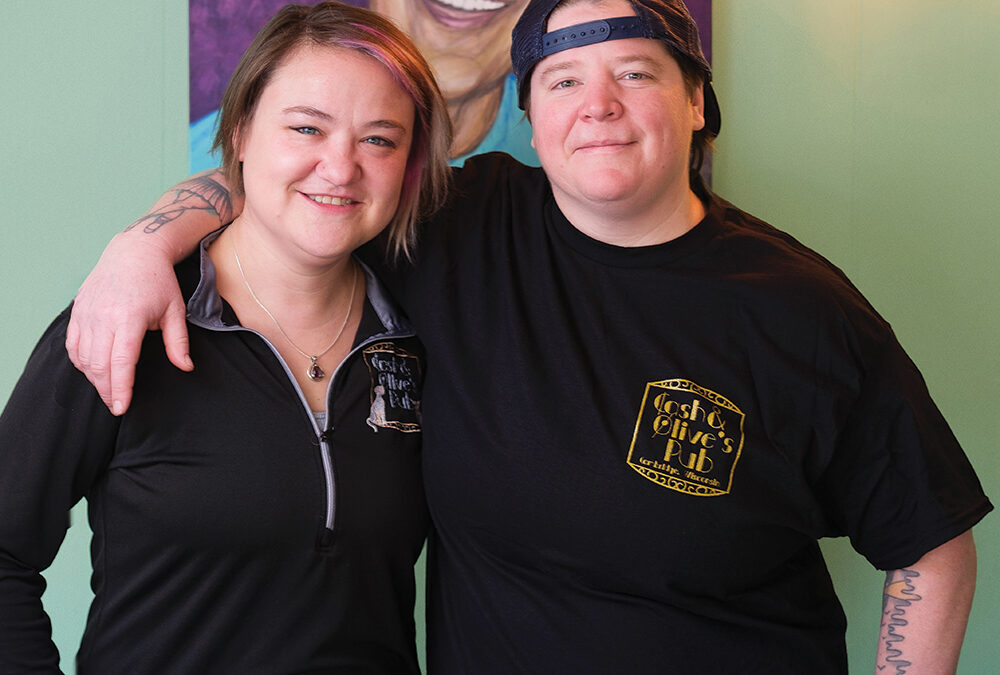
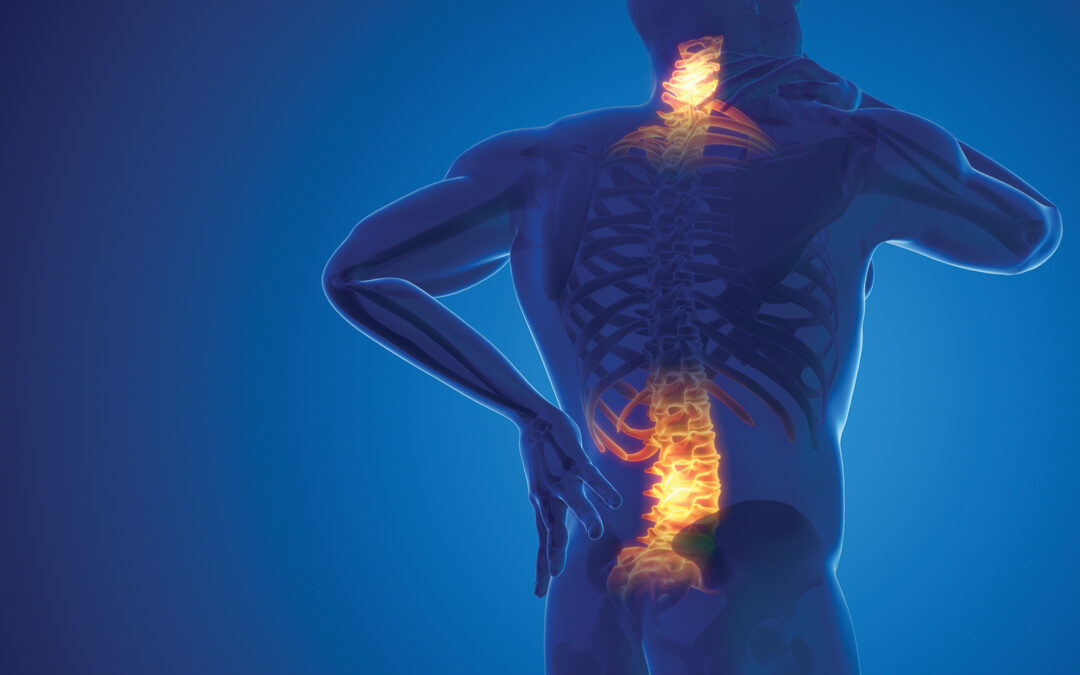
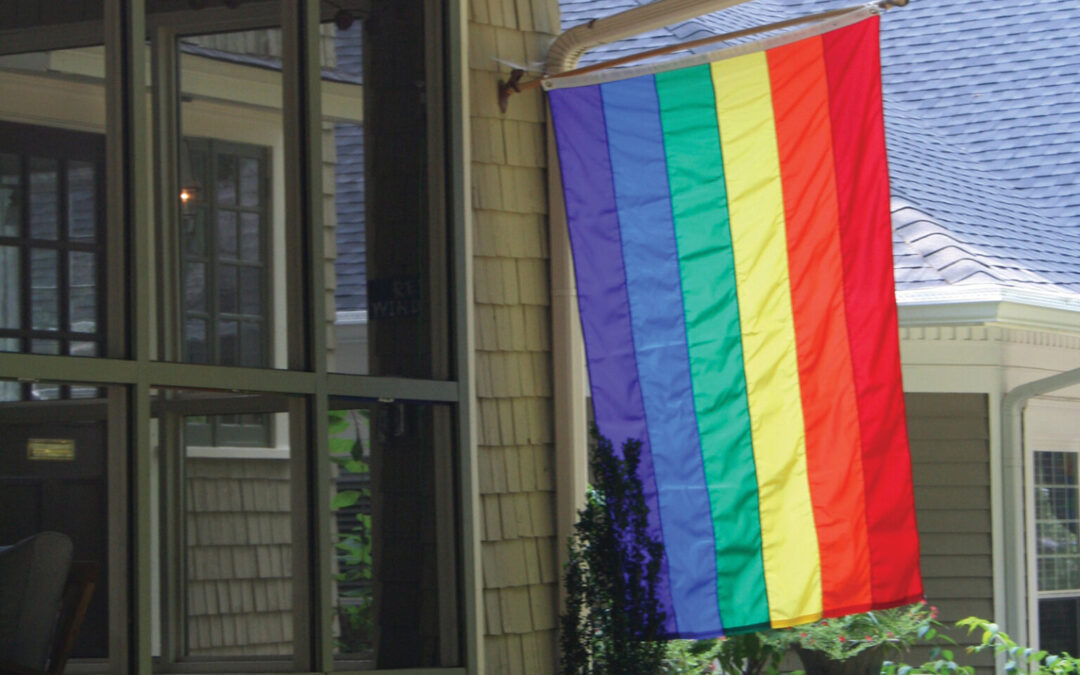

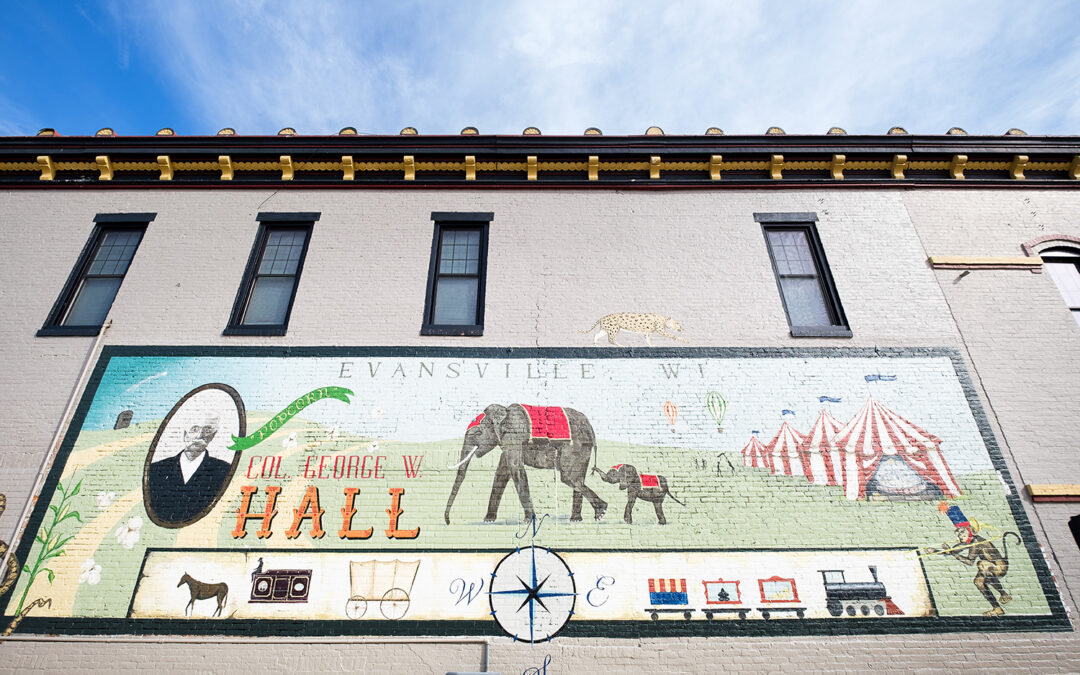
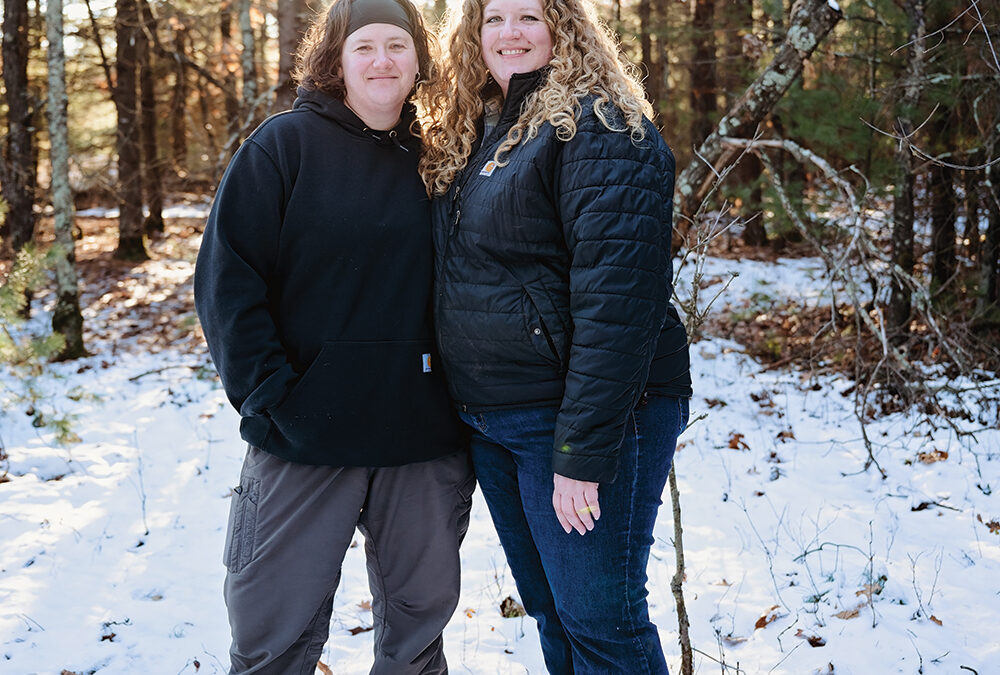




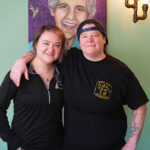




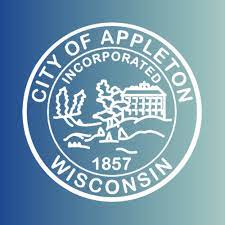
0 Comments